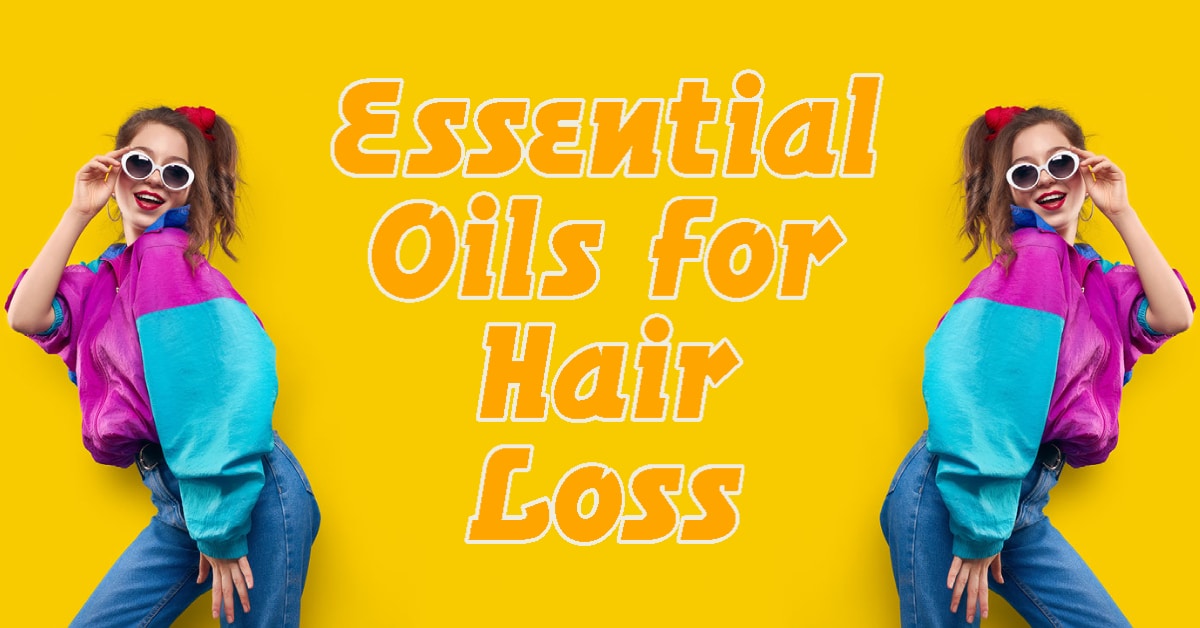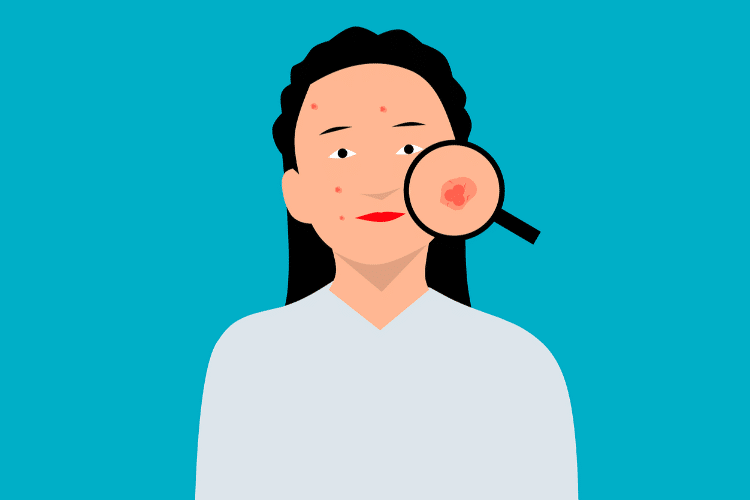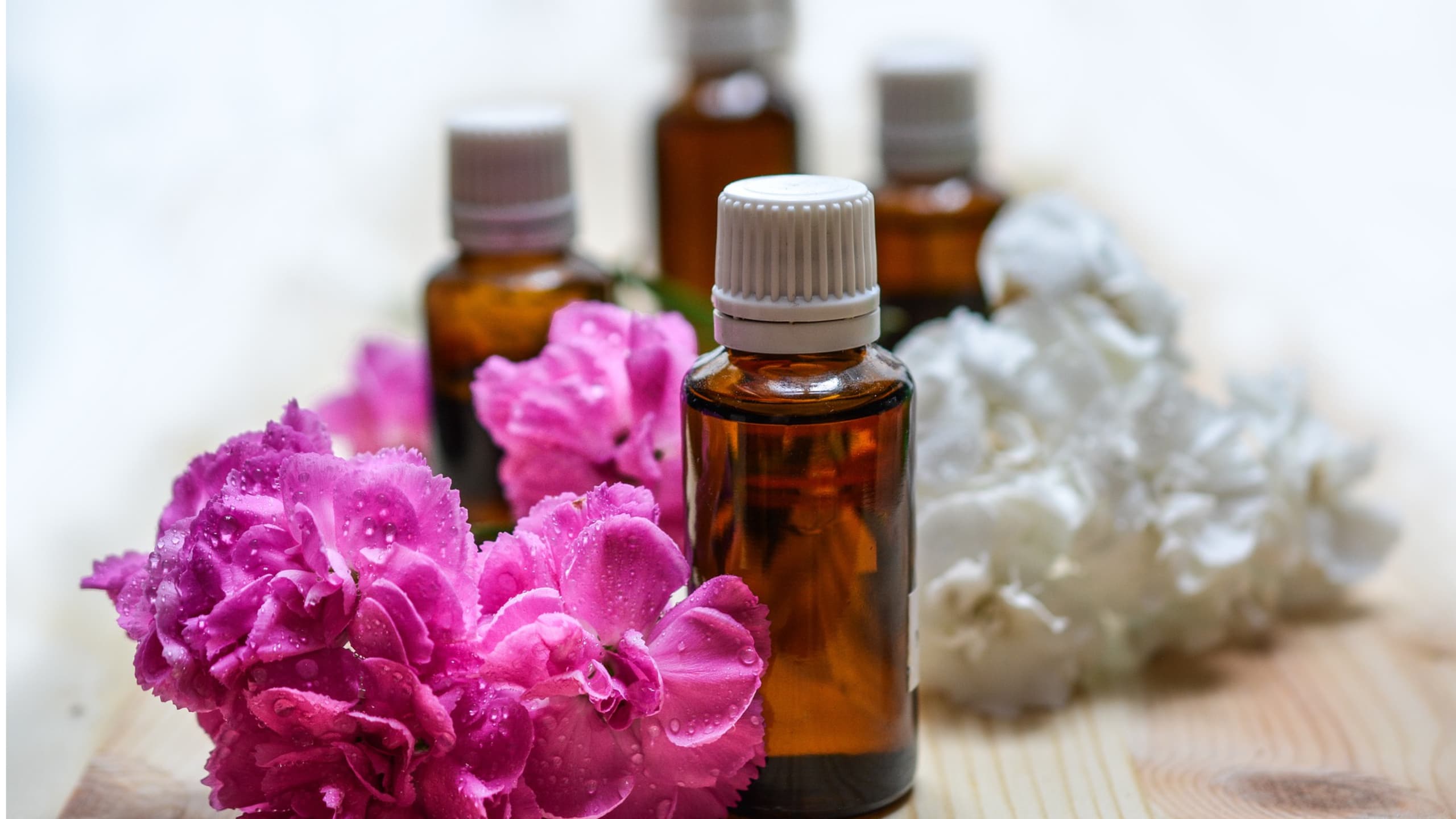
8 Ways To Tell If Your Essential Oils Are FAKE
by
In this article, you’ll learn and discover ways to tell if your essential oils are FAKE.
It’s easy to purchase an essential oil, but choosing a high-quality essential oil can be anything but. When it comes to essential oil, it’s important to remember that going with the cheapest option isn’t always best. For effectiveness, they should be 100% pure, otherwise, you’re wasting your hard earned money, as low-quality oils don’t offer the benefits that a high-quality essential oil does.
Poor quality essential oils simply refer to oils that have been distilled from poor crops. They may have additives or have been handled improperly. With these types of oils, you might as well be putting water onto your skin – or, sometimes even worse as some poor quality oils have been adulterated and potentially come with harmful side effects. Ideally, your essential oil should be a bottle of potent liquid that’s been distilled from the flower, root, leaf, or rind of an aromatic plant.
So how do you know if you’re getting a fake essential oil instead of the real thing? These signs are all excellent clues to use to avoid getting ripped off.
Table of Contents
1. The type of container
Is the essential oil you’re buying stored inside a plastic or clear glass? Most vendors sell quality oils in sizes of 4 oz. or smaller, contained in a dark colored glass bottle with an eyedropper bulb. Storing the oil in a glass container is essential due to the strong chemical compounds in the oil that break down and react when coming in contact with plastic. The glass needs to be a dark color too, such as amber or dark blue, in order to keep the oil from ultraviolet degradation. If you’re purchasing your oil in person, such as a health food store, be sure that the bottles are in a cool place – if they’re subject to heat it can cause negative changes in the chemical composition of the oil.
2. The name of the oil
Most people shop online for essential oils these days. If you’re one of them, as you add those items to your cart, make sure the online store includes the common name of the oil as well as the Latin name. If the Latin name isn’t there, it may actually be a non-essential oil that simply has perfume added to give it its scent. For example, when purchasing peppermint essential oil, look for something that reads: Peppermint, Mentha x piperita.
3. A very cheap price
As mentioned, cheapest doesn’t always equal best. At the same time, choosing the highest priced essential oil doesn’t necessarily indicate that it’s of high quality. However, it’s a good idea to be cautious of an essential oil with a very low price. A high-quality essential oil usually does come with a fairly high price tag. That’s because it takes a rather astonishing amount of plant to produce them.
The quantity may decrease or increase depending on the type, but consider that just one pound of lavender oil requires over 150 pounds of lavender flowers, and more than 250 pounds of peppermint leaves are needed to make a pound of peppermint essential oil. In one of the most extreme cases, it takes at least 4,000 pounds of Bulgarian rose to produce a pound of essential oil.
4. How it was harvested and produced
Because essential oils are created from plants, buying an organic oil is important in order to avoid potential pesticide contamination. While most brands carry the official USDA seal, you should also look for an oil that is labeled “wild-crafted.” That means that the plant used to make the oil was harvested in the wild, and not farmed – which indicates that it hasn’t been sprayed with chemicals. If the price is a serious concern, the most important type of essential oil to purchase as organic is citrus oils as they’ve been shown to contain the most pesticides.
5. Is a statement about purity absent?
The label should always indicate if the essential oil is 100% pure essential oil. If it doesn’t, that means there’s a high chance that it’s been altered, or mixed with something else. For an oil to be effective, it needs to be pure.
6. The smell of the oil
If you purchase an oil from the same company, but it doesn’t smell like the others of the same type you purchased, that’s actually a good sign. If the oil consistently smells exactly the same every time you buy it, then odds are, the company is adding chemicals, probably synthetic, to achieve the same smell profile. While the chemical constituents of an oil may remain the same, the ratio of each will not.
There are lots of things that will influence the scent. The amount of rain the crop received, the temperature of the air, the length of the growing season, the soil content, etc. – similar to wine. Wine from the same grape varietal, grown in the same location, from the same producer may yield a vastly different tasting wine from year to year.
7. How it pours
Once you have your oil and unscrew the cap, pay attention to how it’s sealed. It should be sealed with something called an “orifice reducer.” It’s a plug that controls how many drops come out at once. That does not only help to ensure you get the right dose, but it also helps to prolong the shelf life of an oil that’s prone to oxidation, by limiting its exposure to air. Try to avoid droppers made of plastic or rubber as well – both of those materials tend to break down, which releases synthetic impurities into your oil.
8. It fails the purity test
Be sure to test your oil for purity once you’ve purchased it. To do so, simply place a single drop onto a piece of white paper (computer printer paper works great), and then allow it to dry. If an oil ring is left behind, it’s not a pure essential oil. There are exceptions, as some oils are deeper in color and heavier in consistency and can leave a slight tint behind, though it shouldn’t be greasy. Those exceptions include sandalwood, patchouli oil, and German chamomile.






